Dynamic Mountain Bike Fit
On this page I share knowledge from working with thousands of mountain bike riders over the years. While most riders love the fits they get with the RideLogic system, everyone is different, and your ideal setup might differ. That’s totally cool. Once you find a setup you love, I encourage you to use the RideLogic measurements so you can re-create that awesomeness with your next bike. Please keep reading below.
Dialed Book
$24.99 ebook
$34.99 print book
This book explains the whole RideLogic dynamic MTB fit philosophy, gives you tons of helpful info and includes access to the online calculators. Model your bike’s fit before you spend thousands of dollars!
Membership Site
$19/month
$199/year
Get full access to the entire RideLogic dynamic MTB fit universe, including the online rider/bike calculators. Once your bike is dialed, practice the skills and training programs that make you a truly great rider!
Enjoy a free month with the code FREETRIAL.
Consultation
$149-$199
I’ll help you dial in your current bike or choose and dial in your next bike. Do this before you spend all that money. This is especially useful if you think you’re between sizes, or if you have unusual proportions.
Hi all!
Mountain biking is currently in an amazing, fun revolution. Bikes are evolving. Trails are evolving. And riding styles are evolving. All for the better. What a great time to be in this sport.
What hasn’t changed (until now) is how we fit bikes to riders. Most people are either using old-fashioned static road/XC fitting techniques, or they’re following industry trends, or they’re guessing.
When your mountain bike fits your body and riding style perfectly, riding is incredibly comfortable and fun. When your bike doesn’t fit you properly, riding is still fun! (Because MTB is rad.) But it’s less comfortable, and you struggle to do the things you want to do.
In my skill work with many thousands of riders, I see that most riders are on bikes that are the wrong size and/or are set up improperly. This bums me out! I know how hard it is to ride a bad setup, and I know how amazing it is to ride a dialed setup.
So I’m doing what I can to help.
– Lee
Static sitting fit vs. dynamic standing fit
In a traditional bike fit, you sit on a trainer in a studio and they make measurements. There might be lasers and computers! But the fundamental logic is as old as bikes: How to best position you for seated pedaling. They set your seat position relative to the pedals, then they position the bars relative to the seat. The goal is a neutral, comfortable-enough position for making power in the saddle.
If seated pedaling is what’s most important to you, this is the way to go.
A RideLogic dynamic MTB fit focuses on out-of-the saddle handing. We position your bars relative to your feet. This is critical for technical/expressive riding. Independently, we position the saddle relative to your feet. The saddle-to-bar relationship is incidental.
If out-of-the-saddle handling is important to you, this is the way to go. We’re talking about manualing, hopping, pumping, dropping, jumping, cornering, descending and all-around shredding. If you just want to feel safer, this is also your best bet.
Here’s why so many people are on ill-fitting bikes
A few things are happening out there. Which of these apply to you?
Most of us just don’t know any better. The majority of riders aren’t in touch with their bodies or their bikes, and they simply don’t know how their bike setup is affecting them. No value judgement here, just an observation.
Bike fits are done in the saddle, but most of the fun happens out of the saddle. The traditional bike-fit philosophy is out of line with how people ride mountain bikes.
Seat tubes have gotten steeper. The industry has done a wonderful job convincing us steeper seat tubes are better for pedaling (and they are on very steep seated climbs), but the real reason seat tubes got steeper is packaging. In order to fit big wheels, long travel suspension and short chain stays, bike designers steepened the seat tubes to make room. This makes the seated cockpit shorter, which led to this change:
Frame reaches have gotten way longer over the past few years. Examples: A 2017 large Specialized Stumpjumper has the same reach as a 2021 small. A 2017 medium Transition Patrol has the same reach as a 2021 small. In some ways the extra length is a good thing, but once it’s too long for your body, your riding experience suffers. Keep in mind: People have not gotten taller.
The bike makers’s sizing charts have not been updated to reflect the new frame reaches. Many of us — most of us — would be smart to go down a size. At 5’8″ I’ve ridden mediums since 1988, but now, on many bikes, I’m a small. On a lot of the new bikes, all of the sizes are too long! If you’re a short person, and especially a smaller woman, it’s getting very hard to find bikes that fit properly.
Handlebars have gotten too wide. Back in the day, we cut our bars to 20 inches (510mm). That was too narrow! Nowadays, bars tend to be too wide — especially for small- and average-sized riders. This affects your ability to control your bike, and it causes excess wear and tear on your shoulders.
And let’s not forget:
Many dudes over-estimate their height. Of course this doesn’t apply to you, but many men — other men — say they’re taller than they actually are. I’m an honest 5’8″. Most guys my height report 5’10”. When you over-report your height and ride a new bike, the bike can be WAAAAY too long for you.
But there’s good news:
If you’re a tall person, be stoked. Bikes finally fit!
Richie Rude, a world class MTB enduro racer, is 182cm tall (almost 6 feet) and chooses to race a medium Yeti SB150.
The Yeti sizing chart puts him on a large.
“Geometry that properly fits people certainly makes them faster and more comfortable but isn’t always immediately appreciated by riders because they’re used to something different. That’s human nature. It takes time to acclimate to anything new.”
– Dave Weagle, the “DW” in DW-link, one of the most respected MTB designers in the world
We are making our bikes longer because that’s what the market demands, but the people who work here, and the people we size at demos, and our elite racers, are going down a size. If a top pro can’t control a longer bike, a normal rider can’t.
– Chris Cocalis, founder of Pivot Cycles, in a Bike Rumor podcast
How do you know your bike fits poorly?
I help lots of riders with bike fit and riding skills. These days, 80-90 percent of riders are on bikes that are too big. So, statistically speaking, your bike is probably too big.
A fast and easy way to check is the RideLogic on-bike test. You can see it in this sweet video:
How does it feel when your bike setup is too long for you?
Weak technical climbing. Whenever you’re out of the saddle trying to make big power up a thing, your arms are bent. This compromises the power chain between your hands and feet, and you can’t generate your full power. A classic symptom: You’re attacking a technical uphill section, and you hunch down and go for it … and your legs are pedaling fine, but then it gets steep and they just kind of stop pedaling. The issue isn’t a lack of strength; it’s the broken chain. Your brain doesn’t want you to rip your arms off, so it cuts the signals to your legs.
You have trouble cornering. Berms don’t count because medicine balls can turn in berms. I’m talking abut real, proper flat turns. The bike feels unwieldy, and your front tire often washes out.
You struggle with all the tricks. Manuals, hops, jumps … they’re all harder than they should be. Part of that might be technique, but bike setup has a huge impact.
Shoulder pain. When your grips are too far away from you, that puts extra stress on your shoulders. The same can be said for too-wide bars, which is also very common.
Heavy, hurting hands. Few riders have great mobility. Even fewer can reach the bars on a too-long bike while staying balanced on their feet. This shifts their weight forward, where they get a royal beat-down.
You and the bike just don’t vibe together. It can be hard to express exactly what’s going on, but the bike just doesn’t feel right. You spent a lot of money on it, and you’re committed, so you love it! But, in private, you’ll admit you felt better on your old bike.
What are the components of a great dynamic MTB fit?
When all of these factors fit, your bike feels incredible.
Riding style. If you’re just hanging on and letting the bike do the work, fit doesn’t much matter; get the longest bike you can. However, the more you ride dynamically — manualing, hopping, jumping, dropping, technical climbing, gnarly descending, corner carving — the more you’ll value a dynamic MTB fit.
What if you just want to ride without fear? A bike that’s too big is terrifying! A properly fit bike makes everything way easier, safer and less scary.
Frame size, most notably frame reach. When you look at the sizing charts, ignore the letters (S, M, L) or numbers (1, 2, 3) and focus on “reach.” That’s the only sizing number you need to worry about. Once you know your ideal frame reach, picking a bike is easy and stress free.
RAD. Rider Area Distance is the distance from your bike’s bottom bracket to its grips. This forms a lever, and you use this lever to control your bike. When your bike RAD fits your body, the bike feels great. When it doesn’t, well … your bike doesn’t feel quite as great. Your bike’s RAD is a function of the frame reach, frame stack, stem height, stem length, bar rise, bar setback (how far your hands are behind the stem clamp) and spacers under your stem.
RAD angle (aka RAAD). This is the angle of your RAD line relative to level. Put simply, a higher angle gives you a taller, shorter cockpit that feels great on technical descents. A lower angle gives you a lower, longer cockpit that feels good on smooth climbs. Most of the time, we shoot for a moderate angle.
Handlebar width. The correct bar width gives you awesome range of motion and strength, plus it’s good for your shoulders.
Bar, stem and spacers. It’s all about creating the optimal RAD and RAD angle for you. We start with the frame reach and stack, then we fine-tune with your bar rise, bar setback, stem height, stem length and spacers under the stem.
Crank length. The more proportional your cranks are to your leg length, the better. Unfortunately, most bikes come with the same crank lengths. That’s like everyone wearing the same size shoe.
Saddle position. This is key for powerful, efficient and comfortable pedaling.
We are here to help!
Picking the perfect size bike, and dialing it in for your body and riding style, is trickier than ever. Here are some resources to help you out:
Dialed Book
$24.99 ebook
$34.99 print book
This book explains the whole RideLogic dynamic MTB fit philosophy, gives you tons of helpful info and includes access to the online calculators. Model your bike’s fit before you spend thousands of dollars!
Membership Site
$19/month
$199/year
Get full access to the entire RideLogic dynamic MTB fit universe, including the online rider/bike calculators. Once your bike is dialed, practice the skills and training programs that make you a truly great rider!
Enjoy a free month with the code FREETRIAL.
Consultation
$149-$199
I’ll help you dial in your current bike or choose and dial in your next bike. Do this before you spend all that money. This is especially useful if you think you’re between sizes, or if you have unusual proportions.

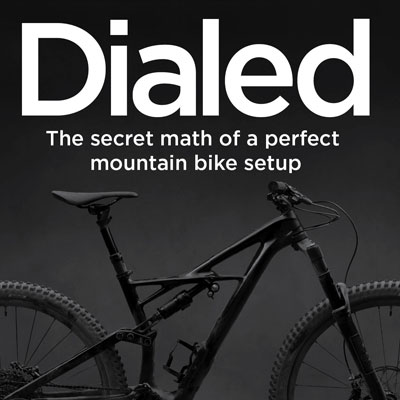
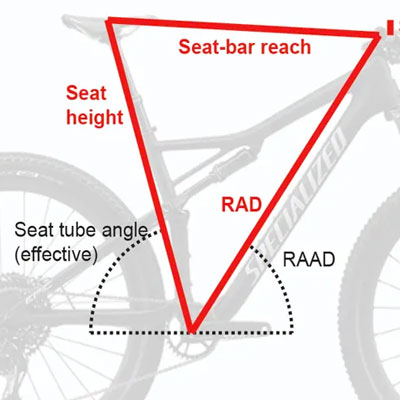
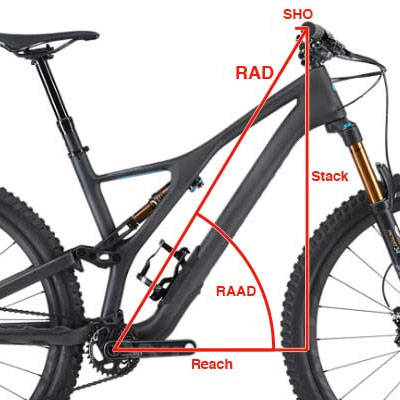
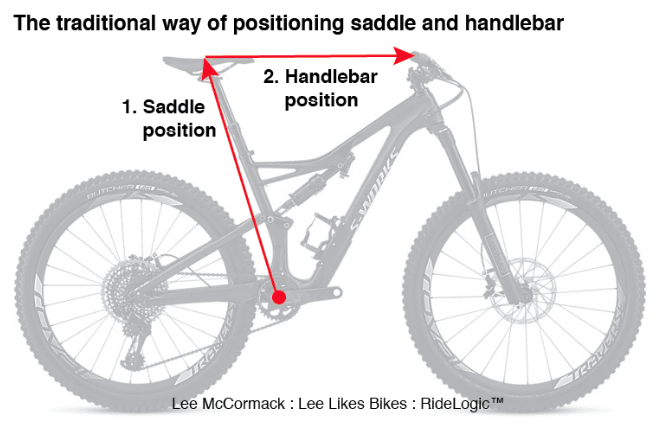
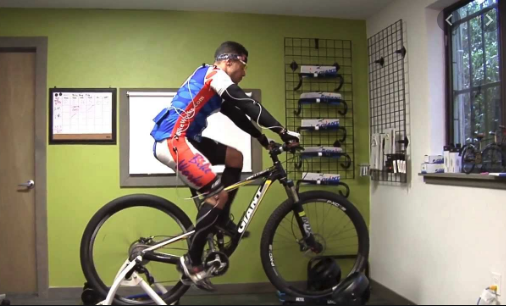
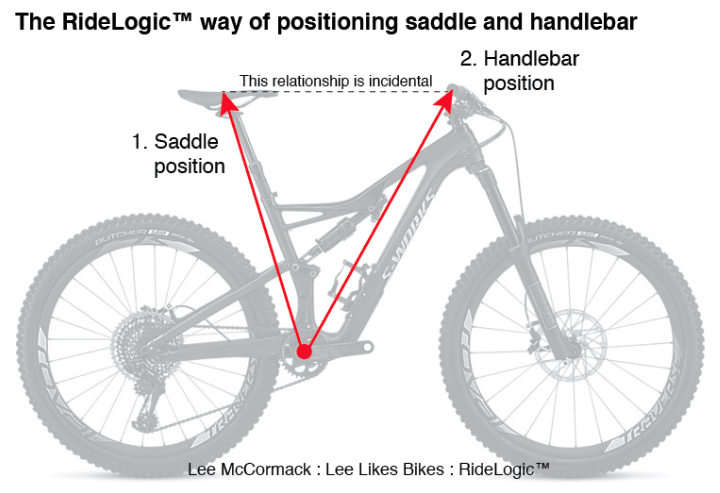
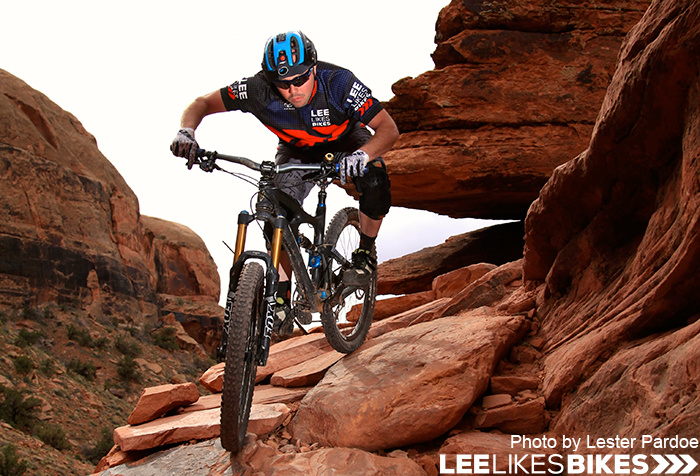
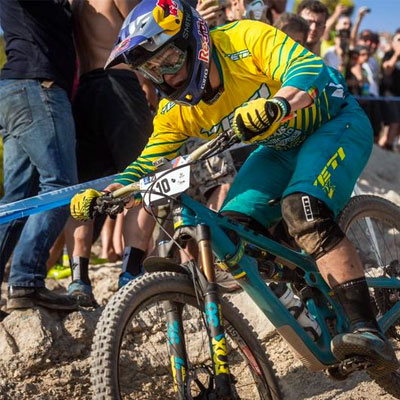
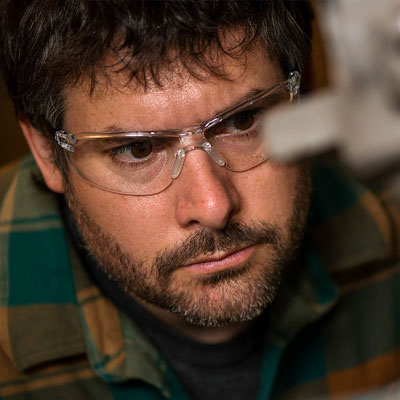
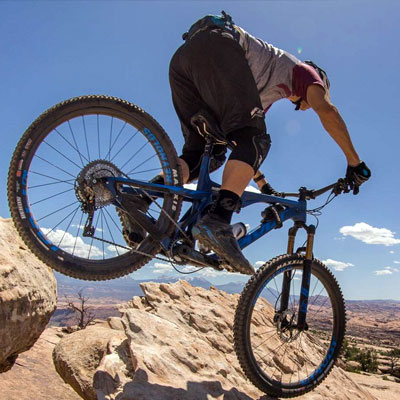
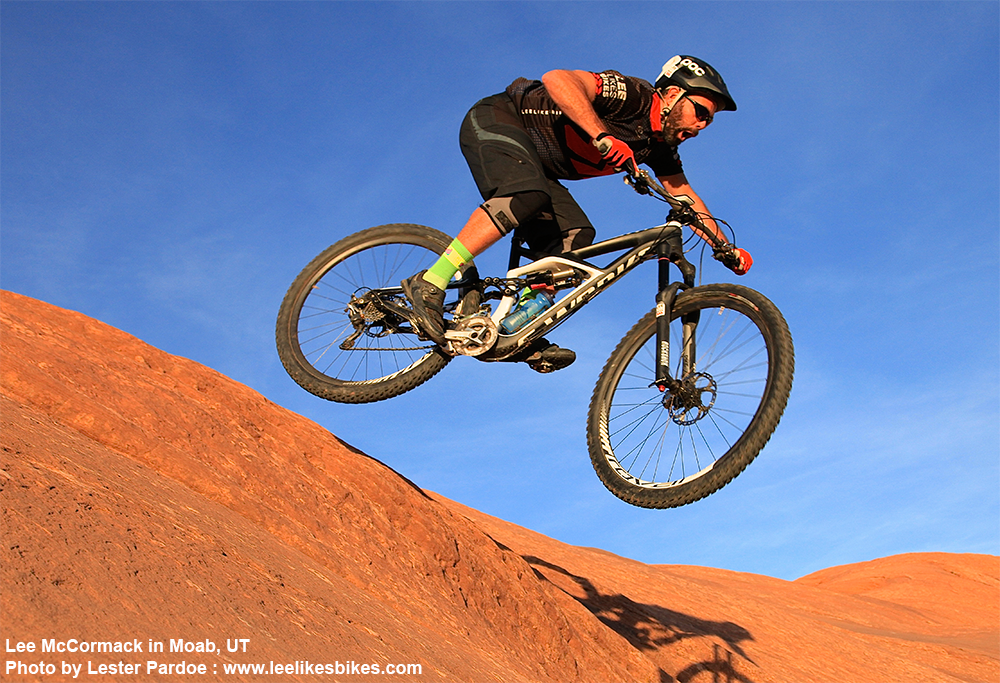


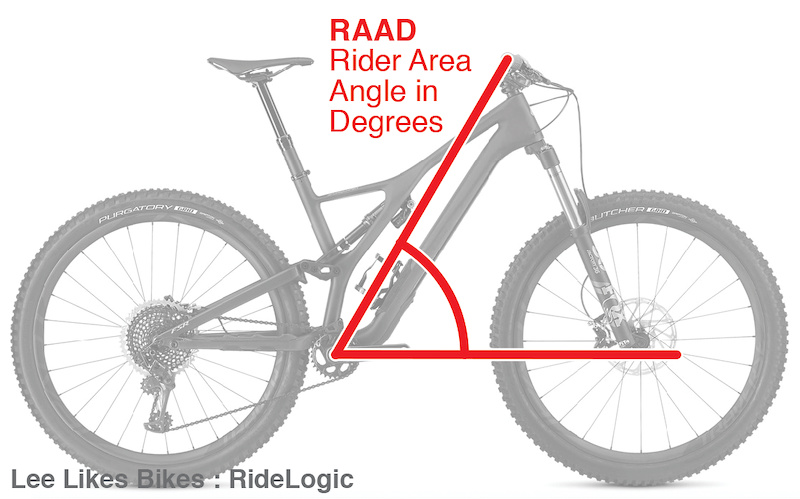
Leave a Reply
Want to join the discussion?Feel free to contribute!